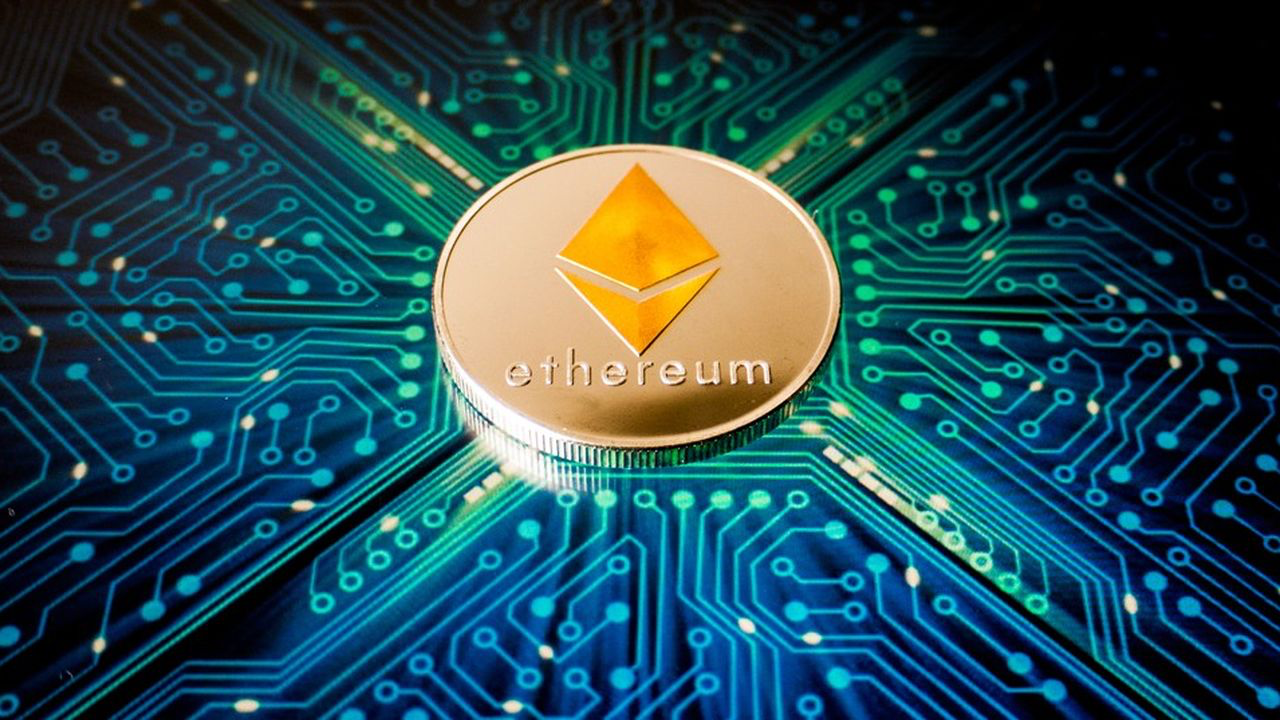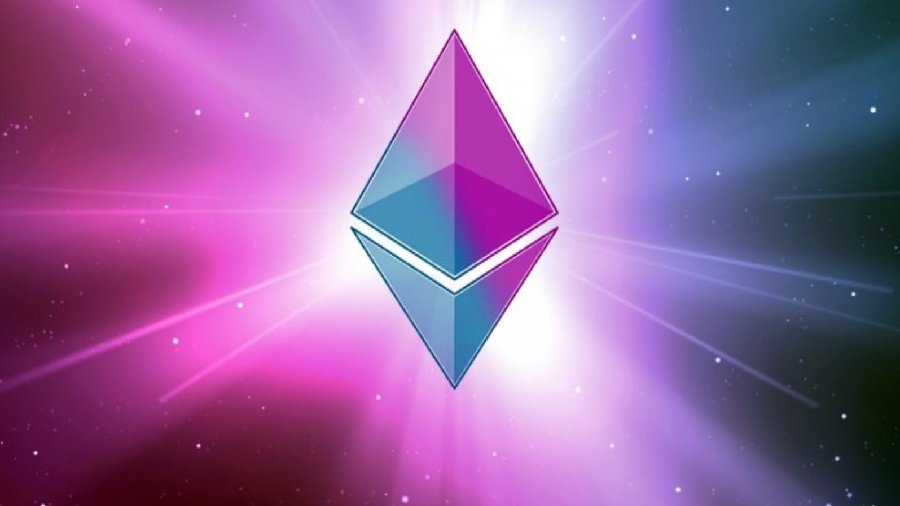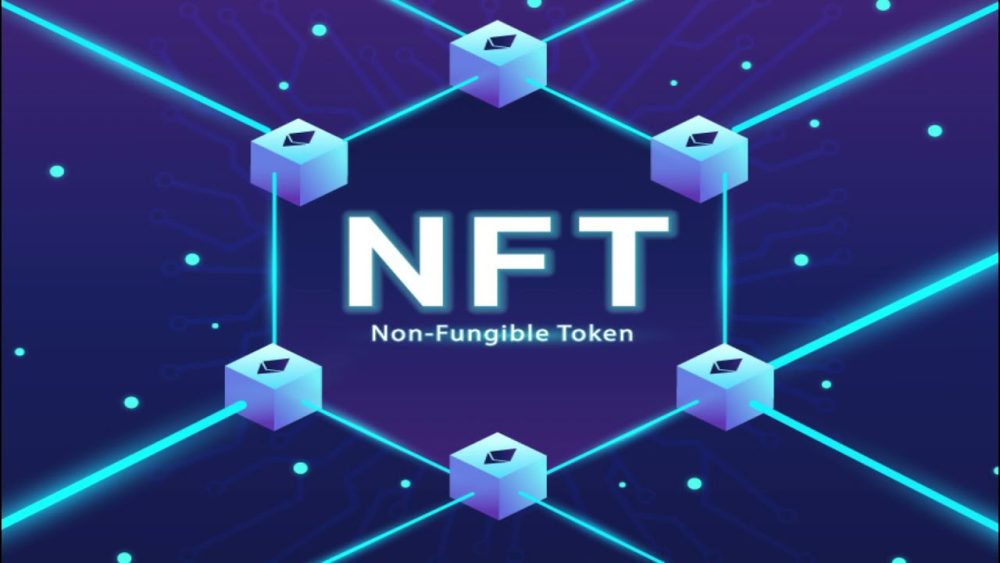With the growing popularity of Web3, the best decentralized applications on Ethereum are becoming an integral part of the digital economy. These are ecosystems without centralized control, where smart contracts replace the traditional logic of servers, and users have direct access to functionality without intermediaries.
The architecture of applications on the Ethereum blockchain covers financial protocols, gaming platforms, trading marketplaces, and insurance solutions. What unites them is full user control and transparency of all operations.
Why are Dapps on Ethereum developing faster?
Ethereum remains a leader among blockchains for smart contracts due to its developed infrastructure, active developer community, and scalability support. The best Dapps on Ethereum cover decentralized finance (DeFi), non-fungible tokens (NFTs), GameFi, and DAOs – segments where decentralization is not just a buzzword but a technological foundation.
Key characteristics that make Dapps in demand:
- open-source code – increases trust and simplifies auditing;
- support for Web3 wallets – simplified access to functionality without logins and passwords;
- flexible tokenomics – built-in incentives for users and token holders;
- resilience – the application is not dependent on a single point of failure;
- cross-platform – access from any device connected to Ethereum.
The structure allows for scaling projects, developing communities, and implementing new forms of interaction.
Top 5 Ethereum Dapps Dominating the Ecosystem
An overview of key Dapps dominating the Uniswap ecosystem helps understand which solutions shape the DeFi market. Among them are the best decentralized applications on Ethereum, providing participants with access to token exchange, liquidity farming, and asset management without intermediaries.
Uniswap
The largest exchange on Ethereum. Allows users to exchange tokens without involving centralized intermediaries. Thanks to its automated market maker and liquidity pools, the platform has become a benchmark in DeFi. Anyone can provide liquidity and earn commissions.
Aave
A lending protocol operating through smart contracts. Enables borrowing and lending digital assets without third-party approval. Aave is popular among users looking to retain assets while using them in circulation. Collateral mechanisms and variable rates make the platform flexible and secure.
dYdX
A derivatives trading platform. Supports margin trading, stop orders, and risk management akin to centralized exchanges. Importantly, the trader retains full control over their assets! The project is actively developing and attracting an audience of professional traders.
Yearn Finance
A yield aggregator that automatically allocates funds among protocols with the highest returns. Platform participants deposit assets, and algorithms select the most profitable strategy. Through automation, Yearn simplifies access to complex DeFi instruments, minimizing manual configuration.
Nexus Mutual
An insurance platform for smart contracts and risks associated with DeFi protocols. Based on mutual insurance mechanics, where users create funds and make collective decisions. The uniqueness lies in insurance not being from a centralized company but from the community.
NFTs and Gaming in a Decentralized Environment
Gaming projects and marketplaces for non-fungible tokens occupy a separate niche. Blockchain games and collectible platforms are driving mass involvement in the crypto economy, especially during the rapid growth of NFTs.
OpenSea
The largest marketplace for non-fungible tokens (NFTs). Here, users can buy, sell, and mint tokens representing digital art, collections, music, and even domain names. Support for Ethereum, Polygon, and other networks makes OpenSea highly versatile.
Axie Infinity
The first truly mass GameFi game built on the “play-to-earn” model. Players breed, train, and battle with digital pets, each of which is an NFT. The game’s economy is based on the AXS and SLP tokens, allowing many players to earn a stable income.
Decentraland
A virtual world where users own digital parcels of land. Each NFT land can be developed, rented out, used for events, or business construction. The ecosystem operates with its own token MANA, used for all operations.
Illuvium
An AAA blockchain game on Ethereum, combining elements of RPG, collecting, and battles. It stands out for its high-level graphics and mechanics close to traditional gaming projects. The developed internal economy makes Illuvium attractive to investors seeking promising assets.
MakerDAO
The protocol behind the DAI stablecoin, collateralized by cryptocurrency. Users deposit ETH as collateral and receive DAI, which can be used in other Dapps. MakerDAO is considered a cornerstone of the DeFi ecosystem, combining stability, decentralization, and automated management.
Considerations When Choosing the Best Decentralized Applications on Ethereum
User activity, code transparency, and resistance to attacks are basic criteria when selecting a platform. Additionally, it is important to consider liquidity, integrations with other protocols, and the long-term sustainability of the model. Below are key parameters to pay attention to:
- smart contract audits – reports from independent auditing companies;
- level of decentralization – distributed DAO management and transparent decision-making model;
- ecosystem support – presence of bridges to other blockchains and interaction with Web3 services;
- tokenomics – stable token value, burning mechanisms, rewards, and incentives;
- interface and UX – clear access to functions, integration with MetaMask, and other wallets.
Only a comprehensive assessment of the project allows avoiding mistakes and choosing truly the best Dapps on Ethereum.
Conclusion
The best decentralized applications on Ethereum in 2025 are not just tools but full-fledged ecosystems shaping the new digital economy. They cover everything from lending and trading to NFTs and virtual worlds. Projects like Uniswap, OpenSea, Aave, Axie Infinity, and MakerDAO have already set the industry standard and continue to evolve.
Users are increasingly transitioning from centralized solutions to the Web3 space, where they control assets and can directly participate in platform development.
All the listed advantages make applications on the Ethereum blockchain key elements of the next digital wave. With each new protocol and infrastructure improvement, Ethereum only strengthens its position as the leading platform for DeFi.









 For those considering investing in ETH, it’s important to understand how to choose a cryptocurrency. There are several key parameters to consider.
For those considering investing in ETH, it’s important to understand how to choose a cryptocurrency. There are several key parameters to consider. Despite the risks and volatility, Ethereum’s outlook remains extremely favorable due to the project’s stability, the high demand for DeFi and NFT technologies, and the confidence of institutional investors. In the long term, what will happen to Ethereum in the near future? Investments in ETH can provide stable capital growth and reliable protection against inflation.
Despite the risks and volatility, Ethereum’s outlook remains extremely favorable due to the project’s stability, the high demand for DeFi and NFT technologies, and the confidence of institutional investors. In the long term, what will happen to Ethereum in the near future? Investments in ETH can provide stable capital growth and reliable protection against inflation.